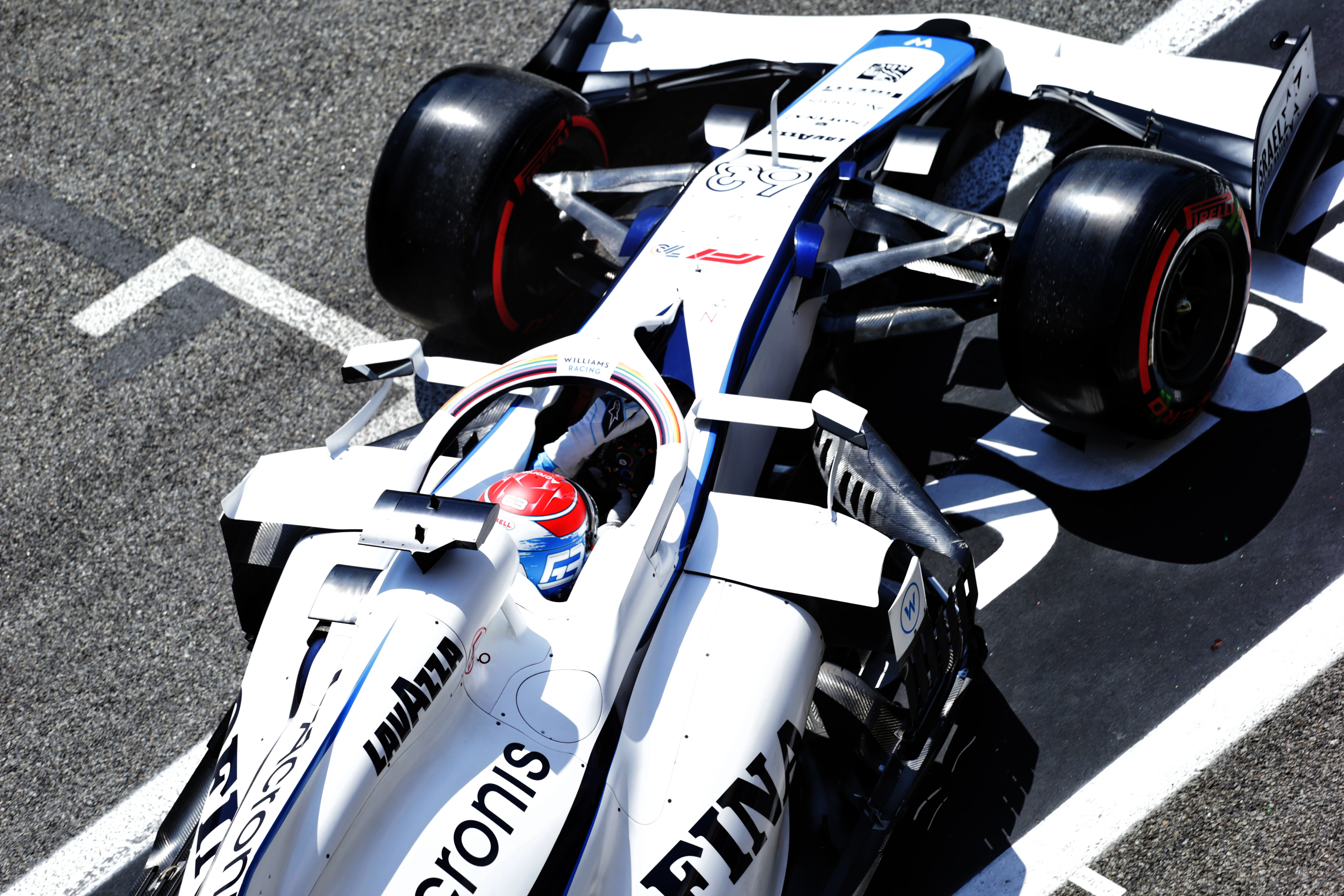Up Next

The announcement that the Williams Formula 1 team has been bought by New York-based private investment firm Dorilton Capital has guaranteed the long-term future of the team. But what does it need to do to ensure that future will include a return to winning ways?
Twenty-three years have passed since Williams last won a world championship and it has won just once in the past 17 years, with all of the much-vaunted mini-revivals turning to dust and resulting in it having its two worst seasons since becoming an F1 constructor in 1978 in the previous two years.
Things have looked up a little on track this year, but here are the key strategic moves the team needs to make to ensure this isn’t yet another false dawn.
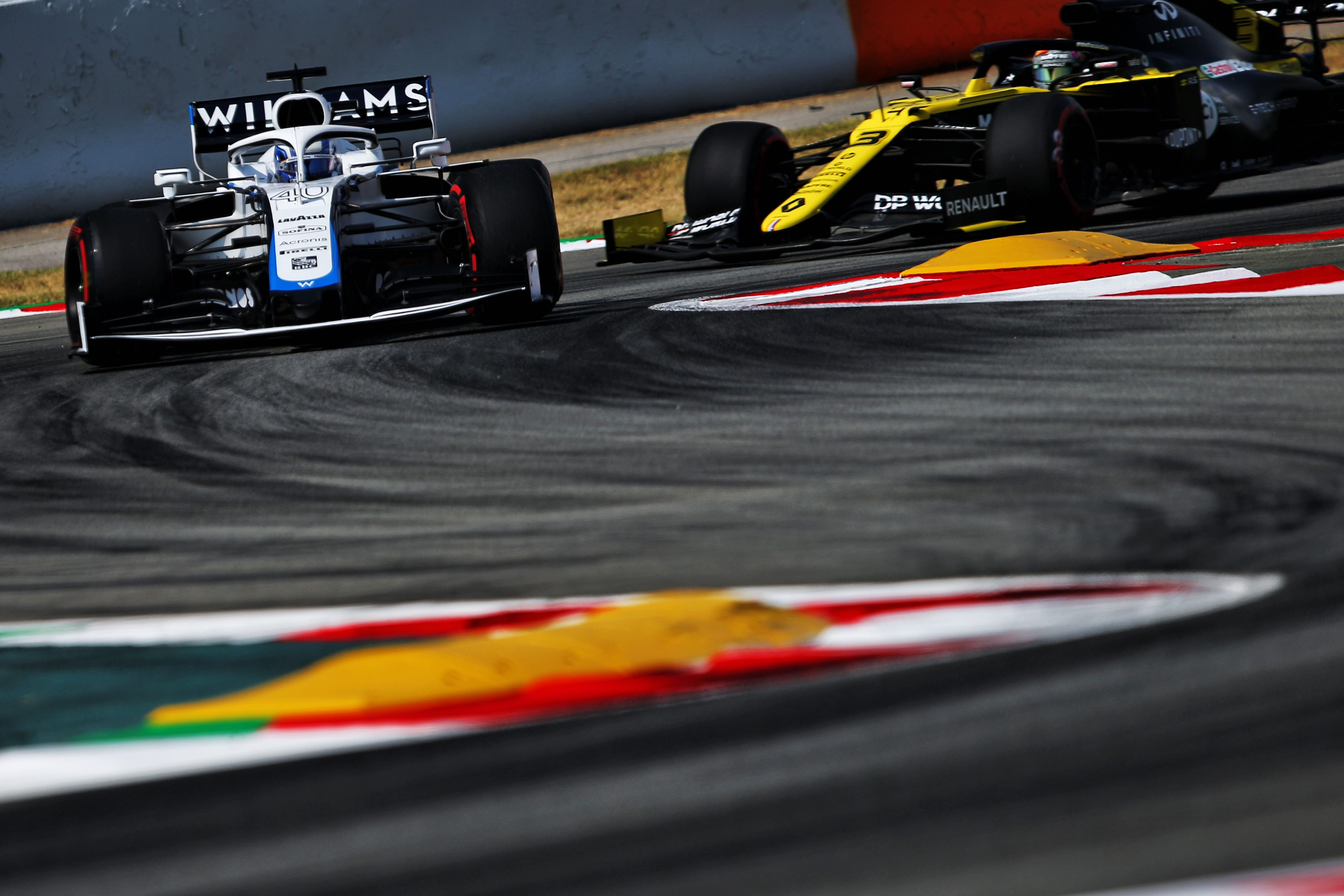
Decide if it’s a constructor or a partner team
Williams has long since resisted any suggestion it should ally itself with a bigger team and has eschewed the kinds of technical partnerships used by teams such as Haas, Racing Point, Alfa Romeo, and AlphaTauri. For example, it still makes its own gearbox.
This has put Williams into a difficult situation in recent years as it neither had the budget to have any chance of competing with the full-blown constructor teams, nor had the benefit of the shortcuts provided by an alliance.
While rules are being put in place to curb copycat cars, it will remain possible to have such technical partnerships. Williams will likely continue to pursue its ambitions of being a genuine constructor in its own right, but the new ownership must make a decision on whether it is willing to invest appropriately to make that possible.
If it isn’t, then the technical partnership route will be the best way to solid results.
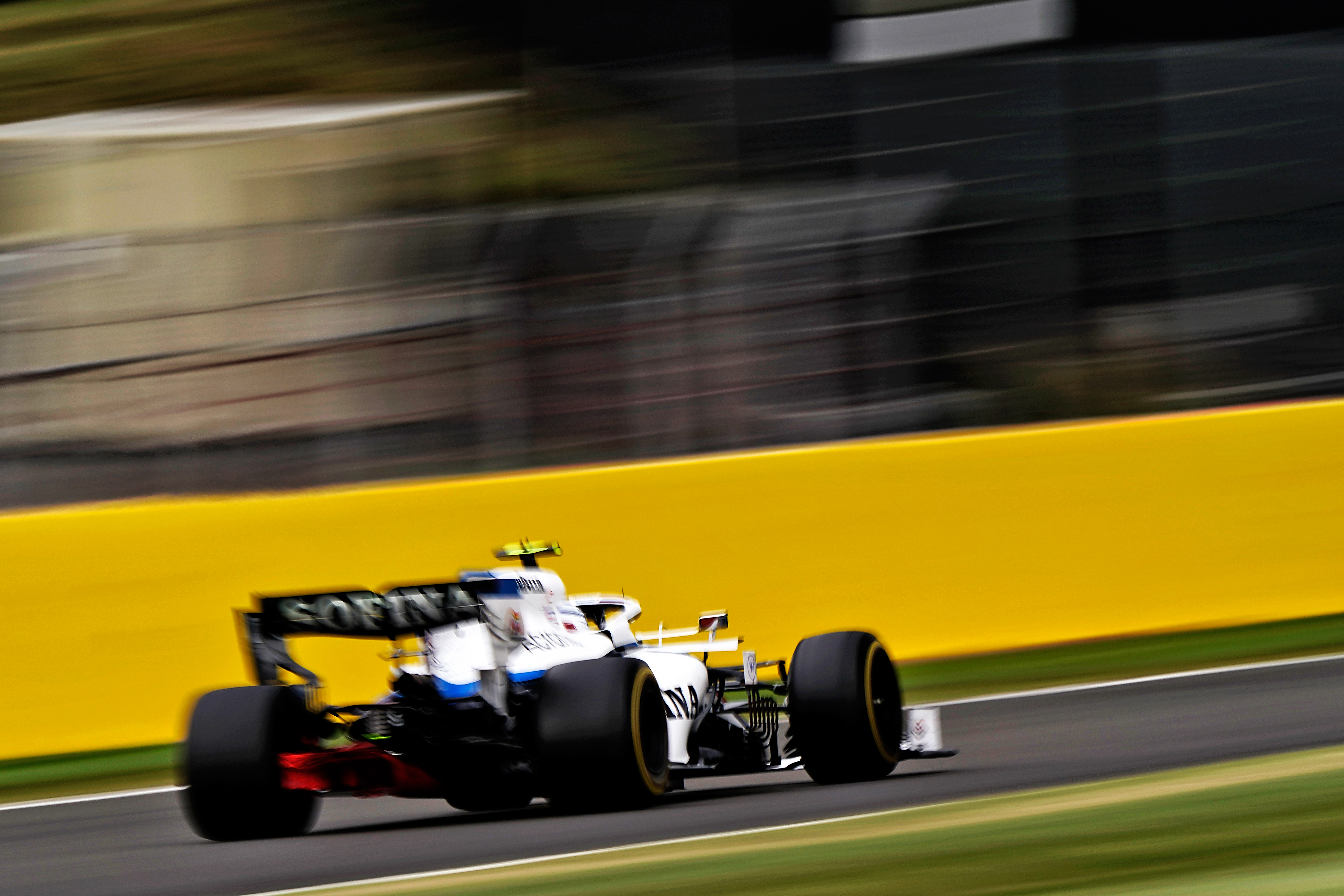
Write off 2020 and 2021
There will undoubtedly be excitement to get stuck into the Williams business as the new paymasters, but short-term and long-term meddling would have significant consequences.
In the short-term, that focuses on Williams’s big chance coming up with new technical rules in 2022 and the work undertaken over the past 12 months to prepare for that.
There are all sorts of ways to distract from that, whether it’s management interference, bold targets or considering/commencing tangential, big projects. None of that will help.
Dorilton needs to avoid the temptation to make its mark across the rest of this year, or even next season. For now, good owners need to not be seen or heard. That may seem unreasonable for people pumping in the cash but this is a pivotal time that will help define Williams’s short and medium-term future.
Under no circumstances must the buyer do anything in the coming months to derail the progress being made coming up to the massive F1 changes that present a huge and rare opportunity for an authentic short-term boost.
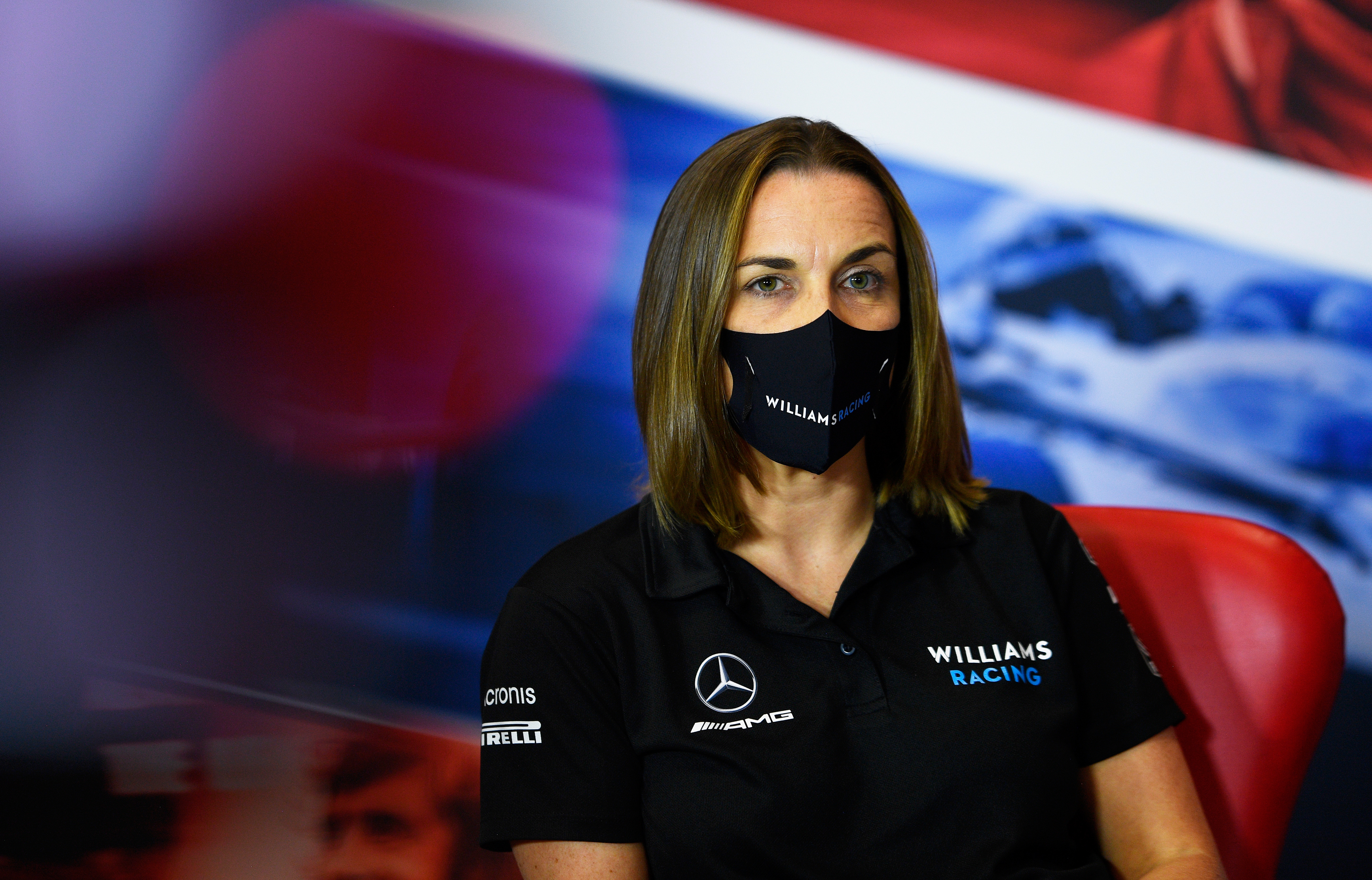
Let experienced F1 hands set the path
‘Long-term meddling’ would be the new owners either undervaluing or ignoring the need for expertise in the long run.
Most businesses thrive when top-level issues are kept separate from those operating on the day-to-day matters.
Williams has gone through a difficult process to ensure its factory operations and its race team are up to scratch and there are clear results proving the changes are going in the right direction.
Those sorts of decisions are best left to the experts. Long-term meddling will achieve little. Dorilton will need to be informed of bigger strategic decisions and will have a part to play in guiding Williams’s path but interference without knowledge or understanding is a fool’s errand.
Adhering to necessary levels of separation may be an easier concept for Dorilton to get behind than other owners we’ve seen in F1 – it states a firm belief in “our companies continuing with the elements that have made them successful”.
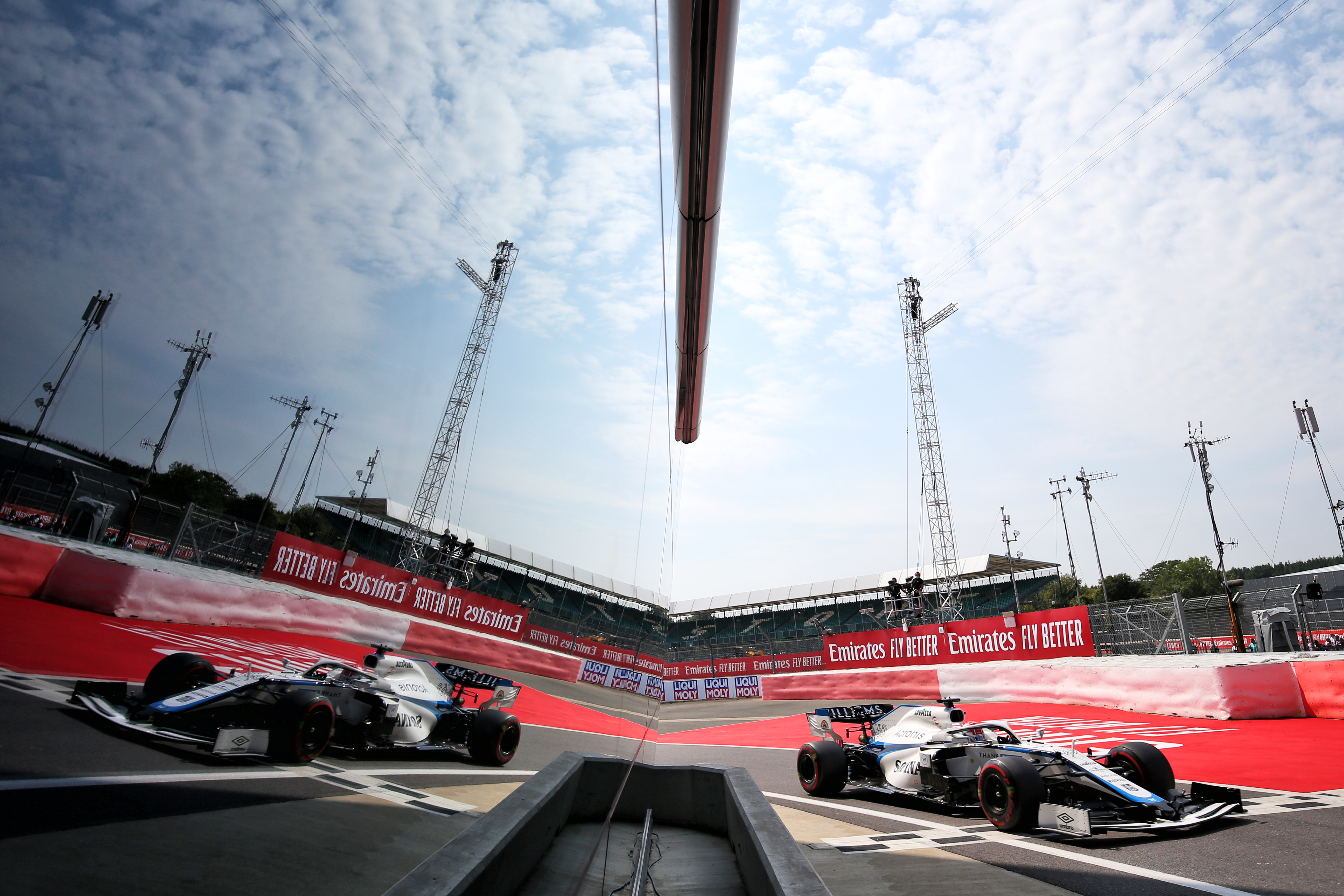
Build around the name
Two key takeaways from the initial announcement were the quick confirmation that the Williams brand will stay, and there are no plans to relocate from Grove.
This, combined with backing the existing players within the team, is a crucial opportunity to let the new ownership to build around the Williams name.
As has been recognised in consecutive Concorde Agreements, Williams is one of F1’s true heritage teams. It’s been around for more than 40 years, is a title-winning organisation and one of the most successful of all time.
So, building around the name not only honours that history, and creates goodwill for the new owners, it also provides the investment company with an enticing package to maximise.
Taking over the organisation and rebranding it in Dorilton’s own image would throw away huge commercial potential.
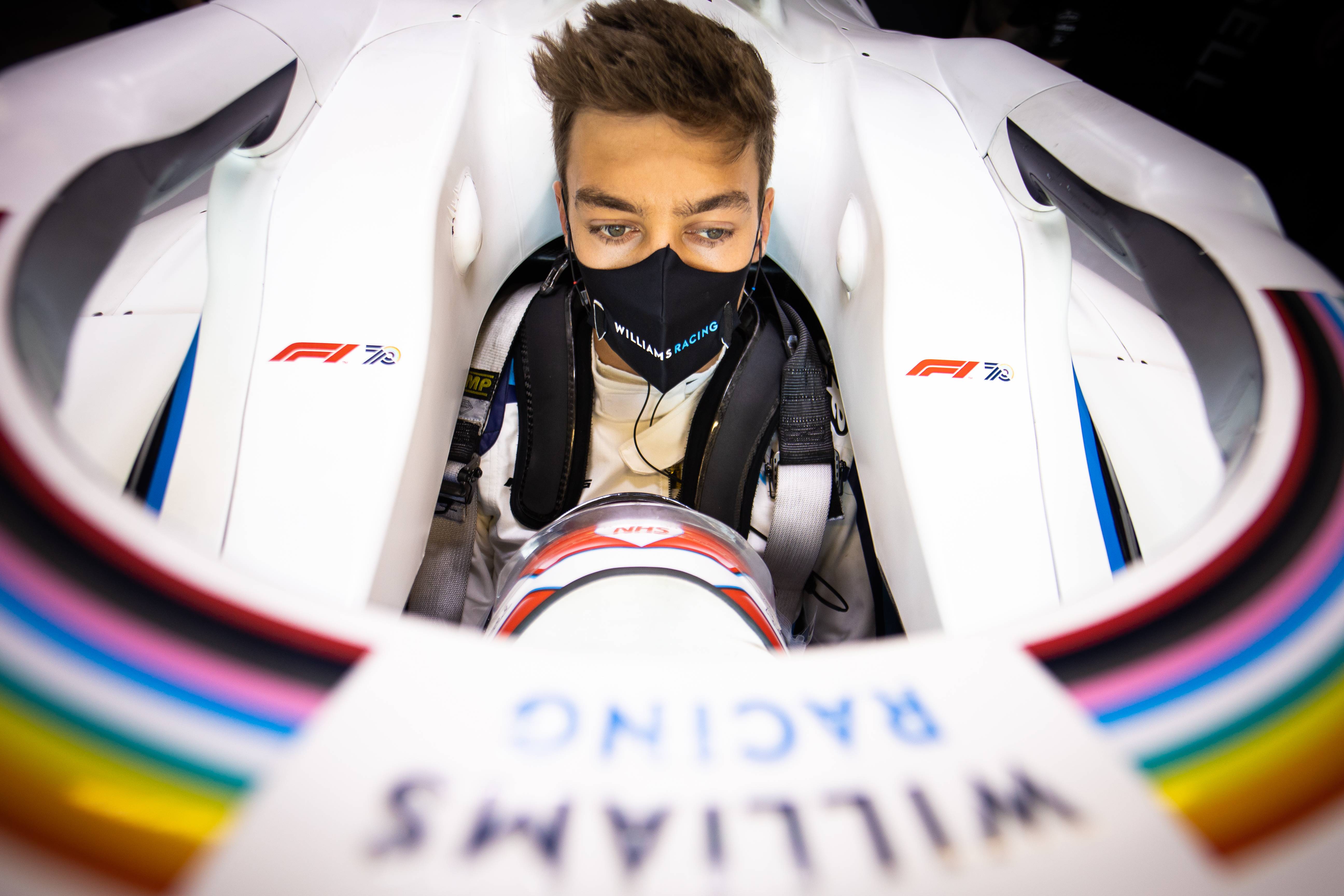
Avoid the pay driver route
The Williams driver line-up is set for 2021, with George Russell and Nicholas Latifi signed up – and although there’s always the possibility of a change with new ownership it seems unlikely. But in the longer term, it’s essential Williams is able to sign the best drivers available to it for both seats.
This is important for several reasons. Firstly, the better the driver the closer to the maximum of the car potential you are able to exploit. Secondly, it’s a clear statement of intent that shows Williams is a team with serious aspirations beyond simply surviving.
Over the past 15 years, it has taken drivers for financial reasons out of necessity but once Williams hits 2022, it needs to have the stability to make the best possible choices.
Invest to make it work
Williams has already put a few key building blocks in place but operates well below the incoming budget cap and is outgunned by most of its rivals financially.
Treading water aids survival but that is not the same as moving forward, and keeping afloat is only possible for so long.
But if the new owners are able to provide funding to complement the existing work, then it’s a different story.
The changes can be the launchpad for something bigger because cash can unlock the potential of an organisation. It will support every phase of the recovery, from short-term upgrades to major infrastructure projects further down the line.
Dorilton says one of its roles with companies is to provide the capital for growth projects. In F1 terms, what is Williams if not exactly that?

Reinvest once profitable
Dorilton Capital isn’t a charity so its intention will be to take money out of Williams in the longer term. But that doesn’t mean it should take all of the profit out of it and risk strangling its growth.
Williams made a £13million loss last year and is likely to suffer again this year given it remains rooted to the bottom of the constructors’ championship, but it won’t take much to make the balance sheets look much more favourable.
What is essential is that some of the profit is reinvested into the team to ensure it has the best possible chance to compete on the budget cap and evolve its facilities to be able to compete with the best in the long-term.
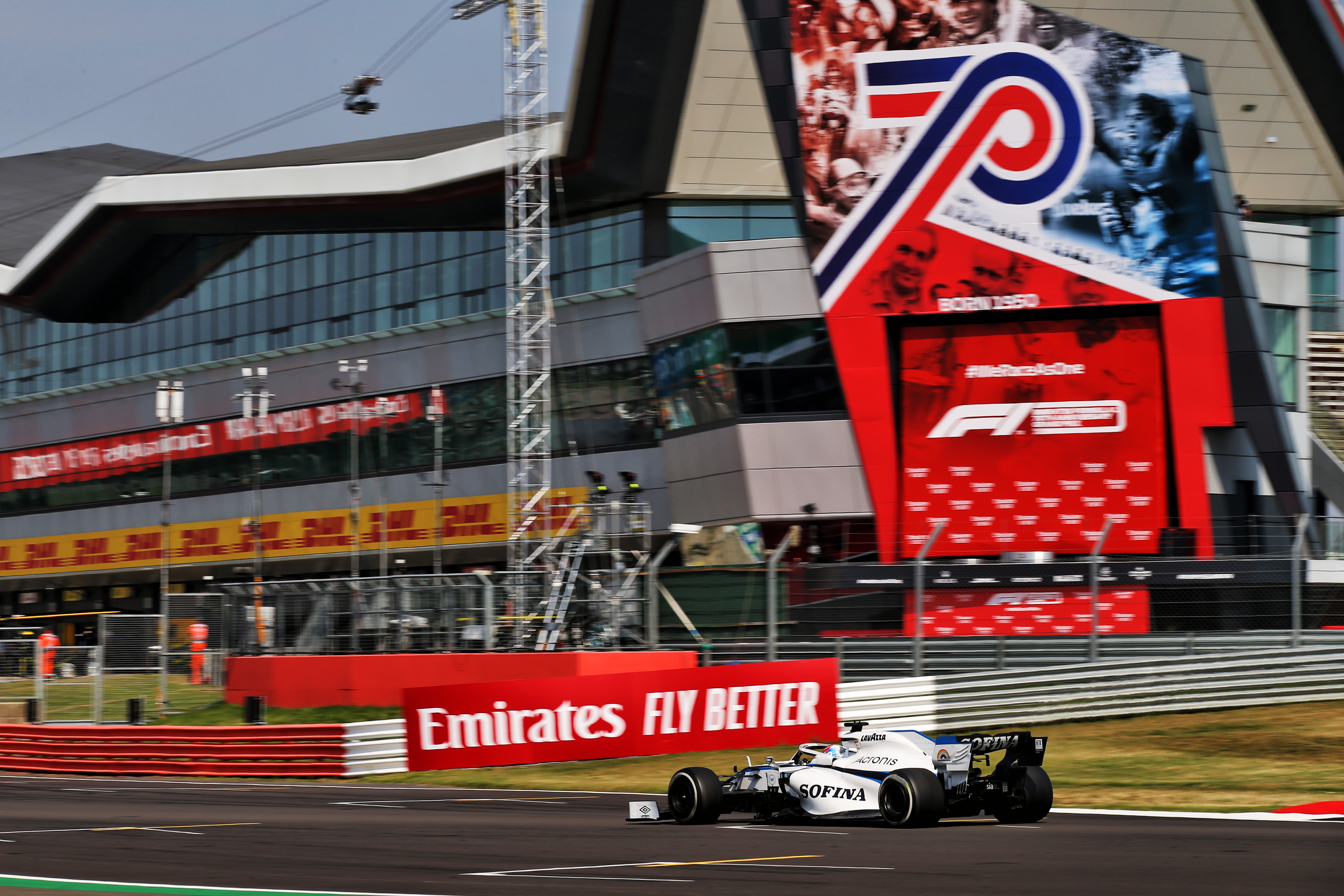
Don’t expect miracles
The Williams F1 team is a sound investment given the terms of the new Concorde Agreement and the new technical, sporting and financial regulations that should make competing far more sustainable. But it’s going to take time for Williams to reap the full benefit of this.
Measures such as the new cost cap, which starts at $145million next season, and the aerodynamic testing rules that give a set amount of windtunnel/CFD time on a sliding scale that benefits those finishing lower in the championship, will help. But they aren’t magic bullets. While in the long term this will start to correct the imbalance, it doesn’t reset everything.
Williams still carries the baggage of many years of underinvestment and has also slid backwards technically. This means it’s up against teams that have a knowledge base paid for over a long period of time that it will take time to catch up on despite the fact that Williams already has some strong personnel on its books.
Williams can rise again. Dorilton Capital makes much of its long-term thinking and if it makes good on that with this investment then Williams has the best chance of doing so.



